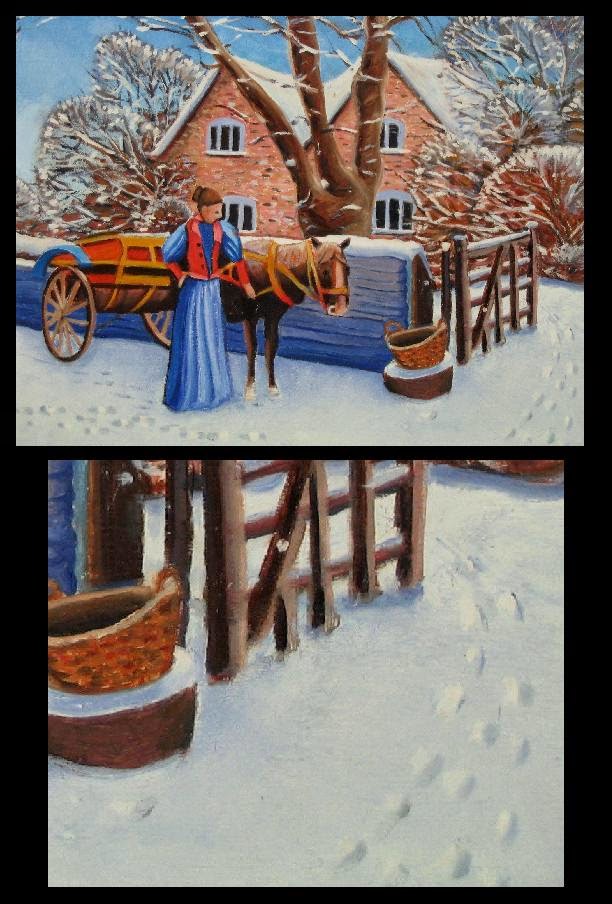Ideas for abstract art can be found in the
most unexpected places. Everyday objects stripped bare will reveal weird and bizarre
visual aspects for art exploration. The point is the creative process by which
the artwork was conceived. The subject of this article is this abstract
painting in acrylics derived from a corkscrew by Keith Busby.
Ideas on How to Create Art from Objects
The artist has taken the corkscrew and
processed the image until the object is almost unrecognizable, yet reveals
something of itself. The viewer may not necessarily realize this swirling, almost
psychedelic imagery is a corkscrew, but this is not the point. By distilling
this image, the artist has stripped apart the object and created a new way of
seeing it.
Abstract Painting of a Corkscrew
The object was originally grey, yet has
revealed an array of colors and patterns by stripping apart the chromatic
components. The viewer may ask what the painting represents, feeling that the
curious patterns are not random, but have meaning. The image is derived from
something.
In order to create this piece of artwork, the
original image went through several processes, which are as follows:
- The corkscrew was photographed against a blank background.
- The background was then cleaned by using Paint (other image software can do this)
- Paintshop Pro was used to reduce the colours to sixteen. This separates out the grey into its constituent colors.
- The image then went through an artistic effect found on the programme. This was ‘enamel’ and then ‘topography’.
- The image was then twisted via a distortion effect.
- The resultant image was printed.
Creating Abstract Art
The artist could have used other effects to
create a different result. Doing so can create weird and unexpected effects.
The possibilities are endless. Once the image was created, the artist lightly
sketched the object onto primed hardboard (or MDF) which had been smoothed with
fine glasspaper. Flat colors were applied via acrylic paint. As acrylics dry
quite quickly, the artist applied the paint in stages and in layers. There are roughly
three layers of paint, which was applied via wide, soft brushes, but fine sables
for the detail.
Art Pigments Used for Abstract Painting
To create, opaque blocks of color, the pigments
weren’t mixed, but applied straight from the tube. Titanium white, black,
cobalt blue, cadmium yellow (medium), cadmium orange. pyrrole red and Payne’s
grey were used. The paint was applied in stages to create an even opaque
finish.
How to Create Abstract Art from Simple Objects
This abstract painting in acrylics by Keith Busby
has been sourced from an everyday object, in this case, a corkscrew. Rather than
copy the subject matter faithfully, the artist has taken the image and processed
it through various stages to create a new image entirely. Here we can see qualities within the object not
realized from an orthodox approach. Stripped apart, the humble corkscrew has revealed
an alternative self that may cause the viewer to pause, take a second look and ask
questions.
Read how to enter your painting for an evaluation or critique on this blog.







